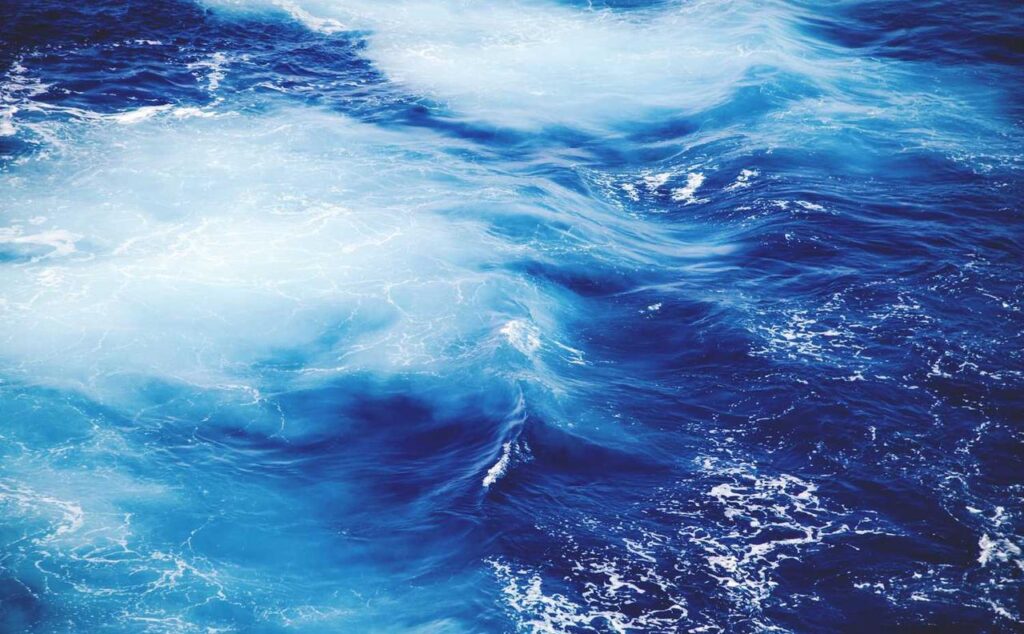Exploring the Evolution of Modern Art: An Inspiring Journey
Modern art is a broad term that encompasses a variety of artistic styles and movements that emerged from the late 19th century to the mid-20th century. Considered a break with the classical traditions of western art, modern art opened the door to a new form of expression, where artists sought to explore new techniques, styles and themes.
Early Modern Art: Impressionism and Post-Impressionism
The impressionist movement, led by artists such as Claude Monet, Pierre-Auguste Renoir and Edgar Degas, was one of the first steps towards modern art. With their focus on capturing fleeting moments and depicting light and color, the Impressionists challenged the artistic conventions of the time.
Soon after, the post-impressionist movement emerged, which took impressionist experimentation to a new level. Artists such as Vincent van Gogh, Paul Cézanne and Paul Gauguin developed individual and expressive styles, exploring shapes and colors in innovative ways. His works marked an important transition for modern art.
Cubism and abstraction
In the early 20th century, Cubism emerged as one of the most influential movements in modern art. With artists like Pablo Picasso and Georges Braque leading the movement, Cubism challenged the traditional representation of form and perspective. By fragmenting objects and representing multiple simultaneous perspectives in a single image, Cubist artists explored the complex nature of visual perception.
Abstraction also played a key role in the evolution of modern art. The abstract movement paved the way for emotional and non-representational expression in art. Kandinsky, Mondrian and Malevich were some of the pioneering artists in this movement, creating works that explored the relationship between form, color and emotion.
Dadaism and Surrealism: The Art of the Unconscious
In the 1920s, artistic movements such as Dadaism and Surrealism emerged, which further challenged artistic and social conventions. Dadaism, led by artists such as Marcel Duchamp, questioned the value and definition of art, promoting the idea that any object could be considered art.
Surrealism, in turn, explored the world of dreams and the unconscious. Artists like Salvador Dalí and René Magritte created intriguing works full of symbolism, challenging logic and reality. Surrealism sought to express the subconscious and its dreamlike images, exploring the power of the imaginary.
The influence of modern art on contemporary art
Modern art has had a lasting impact on contemporary art. Contemporary artists continue to explore techniques and themes introduced by modern art movements.
Today, we see a variety of styles and approaches in contemporary art, from realism to conceptual art. Artists such as Damien Hirst, Banksy and Yayoi Kusama push the boundaries of art, challenging convention and questioning traditional notions of beauty and meaning.
enjoy modern art
Exploring the evolution of modern art can be an inspiring and enriching experience. Through the appreciation of modern art, we can understand how society and artists interpreted the world at different times, in addition to allowing us to reflect on our own feelings and perceptions.
So, how about visiting modern art museums, reading books about the subject or even try to create your own work of art inspired by modern art? Modern art is within our reach, ready to move and challenge us.
Conclusion
Modern art represents a revolution in art history, with artists breaking with traditions and exploring new techniques, themes and styles. Through Impressionism, Cubism, Dadaism, Surrealism and other movements, modern art has provided us with a new form of expression and challenged us to look beyond conventional boundaries.
This journey through the evolution of modern art is an inspiring journey, filled with emotion and questioning. We can appreciate and learn from works of art, finding meaning and reflection in each brushstroke or sculpture. Modern art continues to be a driving force in contemporary art, influencing and inspiring generations of artists.
FAQs
1. What is modern art?
2. What are the main movements in modern art?
3. Which artists are considered pioneers of modern art?
4. How has modern art influenced contemporary art?
5. Where can I find works of modern art?




